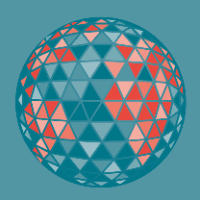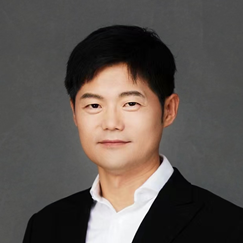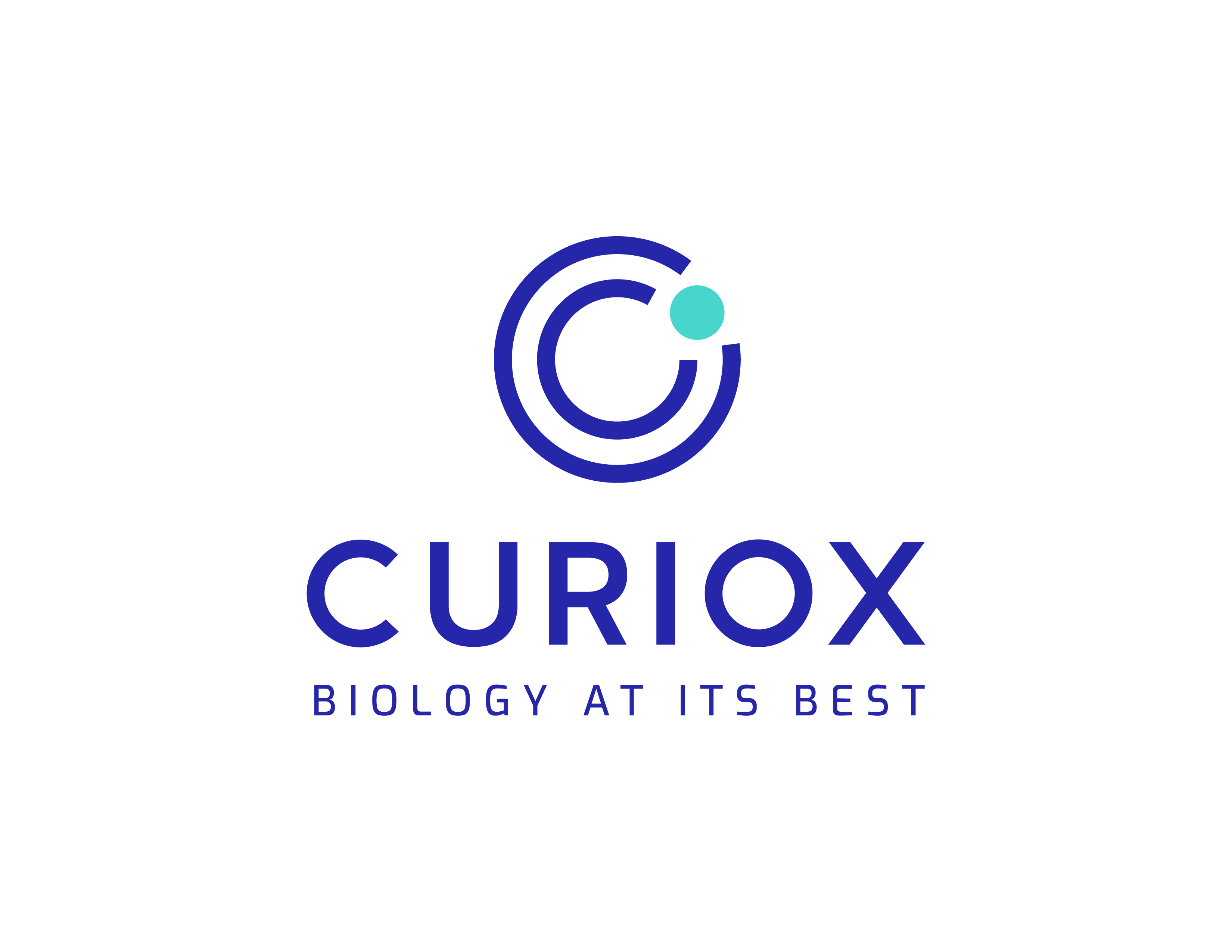Tracking current and predicting future cell therapy analytical toolkit evolution
Cell & Gene Therapy Insights 2023; 9(11), 1353–1358
DOI: 10.18609/cgti.2023.173
How is analytical tool innovation evolving to address the ever-increasing complexity of engineered cell therapy products?
NK: To start off, I would like to contextualize the significance of analytical tools in the realm of engineered cell therapy. It is important to note that unlike traditional therapies, which often rely on small molecules and proteins, engineered cell therapy involves the use of live organisms as therapeutic agents. The challenges associated with manufacturing these living therapeutic entities are unparalleled, thereby making the role of analytical tools indispensable for characterizing and controlling the quality of these engineered cells.
The bioanalytical landscape is experiencing rapid advancements, with numerous players introducing tailored solutions to meet the sector’s stringent requirements for quality, speed, and spatial constraints. It is encouraging to witness many collaborations emerging among key stakeholders—from cell therapy developers and contract manufacturers to tool providers and regulatory bodies. This cross-industry collaboration is pivotal for expediting the development and deployment of effective, yet cost-efficient, cell therapy solutions for patients.
How would you characterize the state of ‘cell sample processing’, and its impact on analytical development in cell therapy? And what are the most pressing pain points in the current environment that aren’t being addressed?
NK: I am really glad to speak on the subject of ‘cell sample processing’ as it is timely and warrants attention, especially given the fact that it contrasts with traditional bioanalytical sample preparation. Previously, the focus was largely on analyzers, as the handling of DNA and protein samples required a far lesser degree of sensitivity compared to live cells. The advent of cell therapy has compelled us to reconsider this perspective, placing new emphasis on how cell samples are processed. For instance, the current modus operandi for staining cells for analysis is still largely manual, which has several ramifications.
The typical staining process for cell products in flow cytometry involves repetitive centrifugation, supernatant aspiration, and buffer replenishment. Automating such processes demands considerable upfront investment, as well as maintenance costs and space, which have yet to be fully addressed in the industry.
The manual nature of ‘cell sample processing’ introduces issues of standardization, reproducibility, and accurate audit trails. Although the success of these metrics often hinges on highly skilled personnel, the industry is grappling with a talent shortage.
How does Curiox Biosystems address the existing and developing needs of the cell and gene therapy space with its current and future product pipeline?
NK: Curiox Biosystems is acutely aware of the current challenges facing the cell and gene therapy sector, particularly those related to standardization, reproducibility, and auditing. Our approach to resolving these challenges is simple and straightforward—automation. Automated systems inherently provide the consistency and standardization needed for reproducible results, and they ensure meticulous record-keeping for audit trails.
What sets Curiox apart is our focus on revolutionizing the method of automation itself. We have identified that traditional centrifugation-based automation fails to adequately address concerns around cost, spatial limitations, and technical expertise. Consequently, we have pioneered a paradigm shift in the form of Laminar Wash™ technology. This approach eliminates the need for centrifugation altogether, relying instead on Laminar Flow-based buffer exchange, where cells are retained in a well while the assay solution is diluted with a fresh wash buffer. This streamlined methodology simplifies the instrumentation involved and accelerates the processing time.
With Laminar Wash products receiving fantastic feedback from the market, we continue innovating the automation of cell sample processing. At Curiox, we are creating automated solutions that are even more cost-effective, compact, and user-friendly, thereby staying ahead of the evolving needs of the cell and gene therapy industry.
What are end users reporting to you about working with Laminar Wash? What are you hearing from them in terms of the key considerations and benefits around Laminar Wash’s deployment versus the alternative available technologies?
NK: The feedback we have received from our customers highlights two major advantages of Laminar Wash technology: exceptional data quality and streamlined workflows. There’s a palpable sense of relief among users, who appreciate having an alternative to the decades-old, centrifuge-based processes that have long been the only option for cell analysis via flow cytometry. Centrifugation not only subjects cells to stress, thereby introducing variations, but it also complicates the path to automation. With Laminar Wash products, scientists now have an avenue to work around these issues.
What we have heard is that our technology offers a much simpler approach to automation. It eliminates the complexities associated with centrifuge-based workflows, offering a more straightforward, cost-effective path to automating the cell staining process. This leads to cleaner data sets and easier-to-manage procedures, which are crucial considerations for our clients.
What are the key next steps towards ensuring that novel cell therapy analytical tools and technologies deliver the required degrees of speed, reproducibility, and precision moving forward? How is Curiox responding to the needs of these customers?
NK: It is still rather early for us to talk about the next steps as we are only in the initial phases of automating and standardizing current manual workflows. Nonetheless, we remain forward-thinking in developing solutions that address the existing and future challenges in bioanalytics.
The immediate next step is the development of a unified automated workstation for cell analysis, deployable throughout the entire cell therapy commercialization pipeline. By this, I am referring to a singular platform that can be employed across various stages—from early R&D and process development to in-process control and final quality control of manufacturing. This will greatly simplify the transition between different departments and stages, saving both time and resources by eliminating the need for multiple validations and standardizations. Curiox is actively developing such a flexible automated workstation, utilizing a consistent set of reagents and platform technology to cater to these diverse needs.
Additionally, we are in the process of developing a unified workstation capable of automating the full spectrum of bioanalytical assays necessary for cell therapy commercialization. Given that the development of cell therapies involves a wide range of bioassays to ensure product efficacy and safety, a single workstation capable of performing all these assays would be a significant value addition. Leveraging our expertise in automating cell analysis, we are configuring the workstation to perform a comprehensive range of bioassays, thereby serving as a one-stop solution for our clients.
Finally, can you pick out one or two specific projects/innovations that Curiox Biosystems is working on that we can expect to see coming through in the foreseeable future?
NK: Certainly. In the short term, we are enhancing the functionality and user-friendliness of our existing Laminar Wash HT and AUTO stations. We are adding automatic maintenance features that will dramatically reduce manual intervention required for the maintenance. Additionally, we are introducing smaller throughput heads for our HT stations to provide users with greater flexibility. With this add-on, users will no longer be restricted to using all 96 channels, and instead have the option to run only 24 or 48 wells, depending on their specific needs.
For the mid- to long-term, we are in the process of developing a flexible and configurable automated workstation that will span the entire cell therapy commercialization pipeline—from early R&D to final quality control assays in manufacturing. This new workstation will utilize a technology that is distinct from our existing Laminar Wash technology and will offer a wide range of throughput options, from single-sample to more than 96 samples.
Our aim is to spearhead the push for global standardization in cell analysis. Curiox’s innovative automation solutions will play a key role in achieving reproducible and traceable cell analysis, regardless of the laboratory’s geographic location.
Biography
Namyong Kim has more than 15 years of experience in scientific research and technical management in the development of biotech instrumentation. He received his PhD in Chemistry from the Massachusetts Institute of Technology (MIT), and his BSc from the Korea Advanced Institute of Science and Technology (KAIST). He holds more than 10 patents and patent applications, and has published a number of scientific publications in peer-reviewed journals. DropArray™ technology was developed by a research group led by Dr Namyong Kim at the Institute of Bioengineering and Nanotechnology (IBN). The group subsequently spun out of the IBN in 2008 and formed Curiox Biosystems, backed primarily by Nanostart AG, a renowned venture capital firm in Germany; and Exploit Technologies, the commercializing arm of A*STAR. The investment of various private equity firms led to Curiox’s technology and global footprint expanding, with Laminar Wash™ technology at the forefront. Curiox Biosystems was listed in the Korean Stock Market on August 3, 2023, marking the start of the new era for the company and its technologies that will impact the standards of cell sample prep globally.
Affiliation
Namyong Kim
CEO,
Curiox Biosystems
Authorship & Conflict of Interest
Contributions: The named author takes responsibility for the integrity of the work as a whole, and has given his approval for this version to be published.
Acknowledgements: None.
Disclosure and potential conflicts of interest: The author has no conflicts of interest.
Funding declaration: The author received no financial support for the research, authorship and/or publication of this article.
Article & copyright information
Copyright: Published by Cell & Gene Therapy Insights under Creative Commons License Deed CC BY NC ND 4.0 which allows anyone to copy, distribute, and transmit the article provided it is properly attributed in the manner specified below. No commercial use without permission.
Attribution: Copyright © 2023 Curiox Biosystems. Published by Cell & Gene Therapy Insights under Creative Commons License Deed CC BY NC ND 4.0.
Article source: Invited.
Interview held: Nov 1, 2023; Revised manuscript received: Nov 2, 2023; Publication date: Nov 22, 2023.


